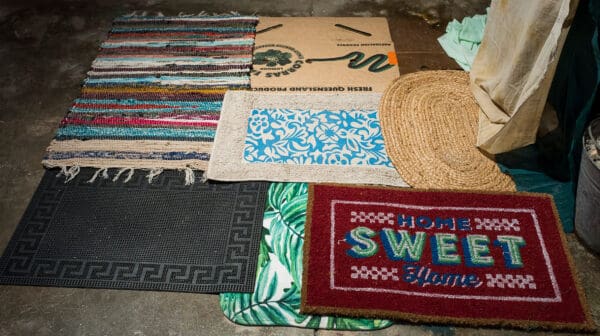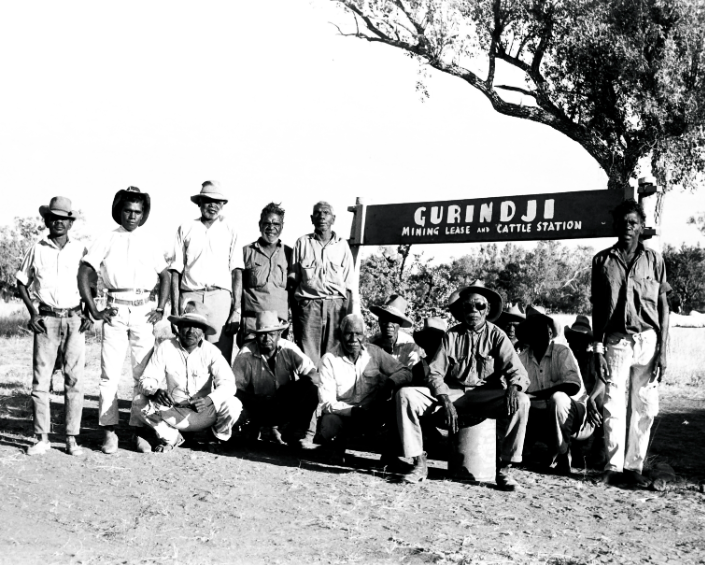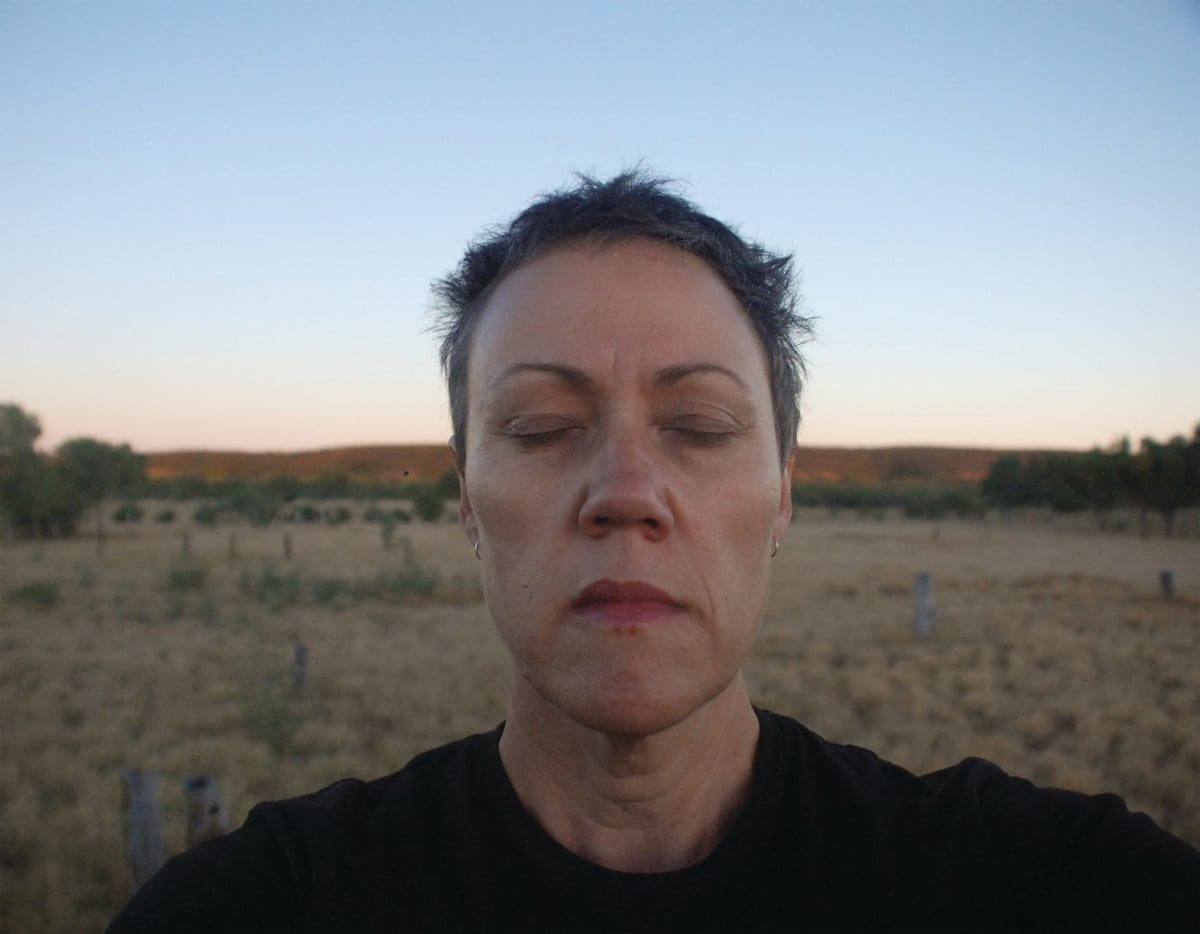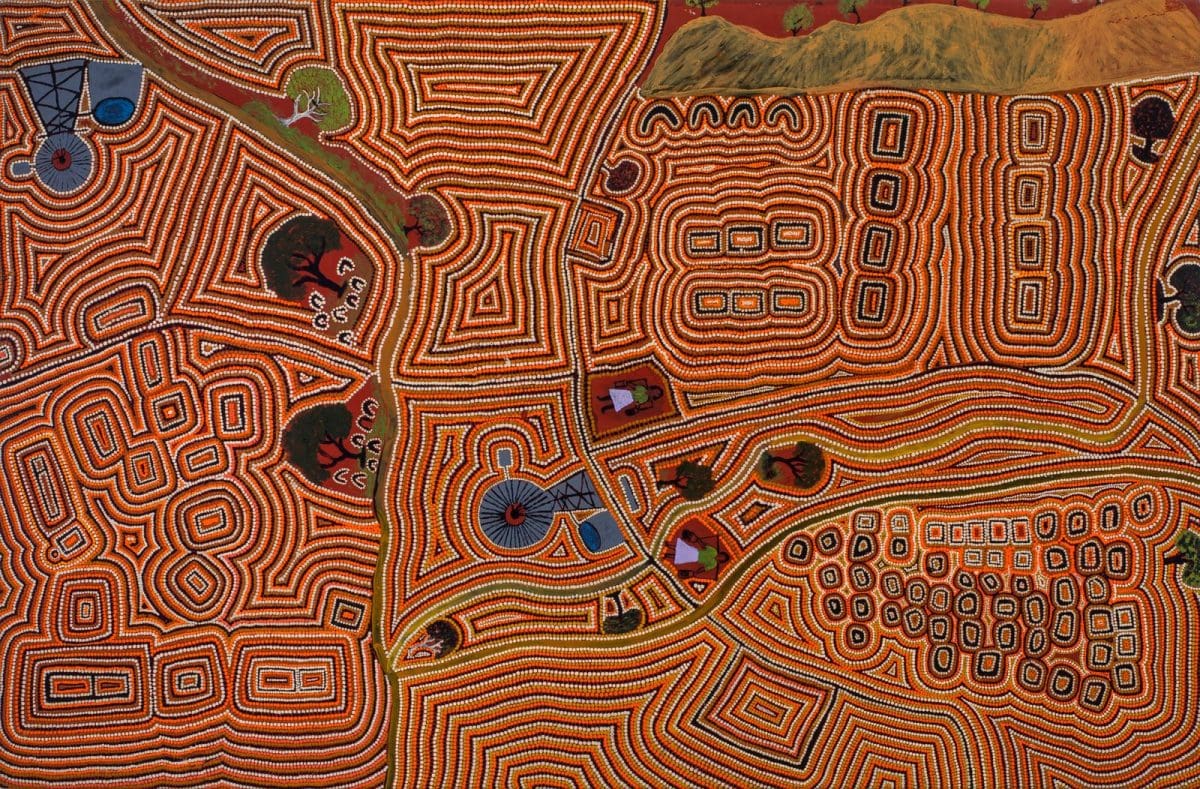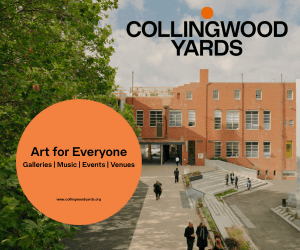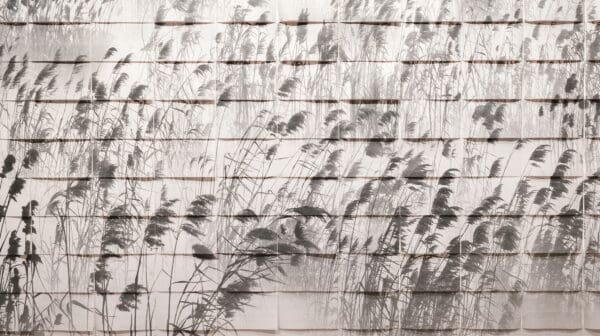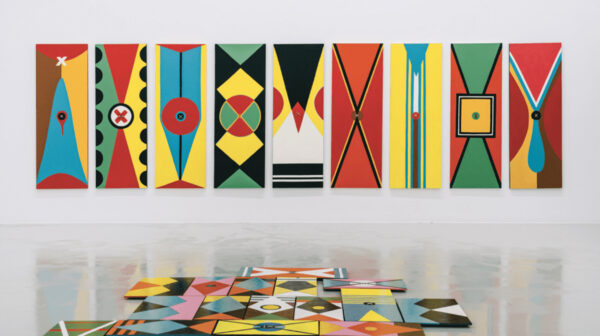In 1966 in the Northern Territory, 200 Gurindji workers pushed forward the land rights movement in Australia. Known as the Wave Hill Walk-Off, the strike was led by Gurindji Elder Vincent Lingiari, protesting Aboriginal land dispossession and worker exploitation. Now, Still in My Mind examines this significant moment.
Titled after Lingiari’s words, “that land . . . I still got it on my mind”, and curated by artist Brenda L Croft, this exhibition of video, painting, photography and installation departs from 1966, relaying stories about what comprises home, community and Country into today’s context. Croft’s own history as a descendant of Stolen Generations is interwoven with personal stories from Kalkaringi and Daguragu community, as well as archival footage and film.
The nationally touring exhibition, which began at Hervey Bay Regional Gallery, tells an important story of the battles of cultural dispossession, fuelled by First Nations resilience and determination. As Croft says, “This exhibition and its many layers will allow other First Nations and non-Indigenous people to understand what we went through and who we are now in the 21st century.”
Hervey Bay Regional Gallery director Ashleigh Whatling agrees, adding, “The quotes from the letter that Vincent Lingiari wrote in 1966 are relevant today.” While a resident in Hervey Bay for only six months, and identifying herself as an outsider, Whatling acknowledges that, “Badtjala native title is an ongoing fight, and I hope the exhibition will inspire people to keep that going.”
When developing the exhibition, Croft, with the support of family and community, retraced the 22-kilometre Wave Hill Walk-Off journey in honour of those who walked before her. “I was motivated to develop this exhibition in partnership with Karungkarni artists and Gurindji community members in tribute to those whose profound communal act of courage, resilience and determination changed the course of history,” explains Croft. The wide array of artforms in the exhibition demonstrate the diverse yet interwoven First Nation perspectives on this culturally significant event for all Australians.
Still in My Mind: Gurindji location, experience and visuality
ANU Drill Hall Gallery
21 October – 18 December
This article was originally published in the July/August 2022 print edition of Art Guide Australia.
